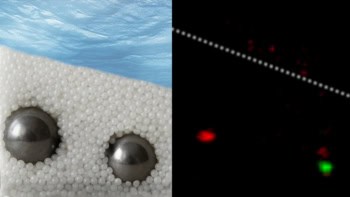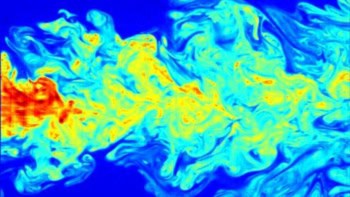One of the TV success stories of the 1990s has been The X Files, in which two FBI special agents - one of whom has a physics degree - try to solve paranormal mysteries. Now real physicists from the Lawrence Livermore National Laboratory (LLNL) in California are going to help the FBI to fight terrorism. Under an agreement announced by the Department of Energy (DOE) last month, Livermore's forensic science centre will provide the FBI with technological support. It will be the first in a network of laboratories to do so.
Bill Richardson, head of the DOE, says that Livermore “will provide critical new technologies to counter the threat of weapons of mass destruction [and provide] the FBI with new capabilities that could save American lives”. The partnership extends a previous agreement under which the agencies collaborated on crime-fighting technology.
The move into civilian science is a relatively new phenomenon for Livermore, which started off as a centre for research into nuclear weapons. However, for the past seven years the forensic science centre has focused its analytical abilities on non-proliferation and counter-terrorism measures. It employs experts in nuclear science, organic and inorganic chemistry, biochemistry and genetics. Managers at the centre apply their skills to everything from verifying compliance with international treaties to helping local police. “The FBI is funding us in the new agreement because they feel it’s necessary, ” says Brian Andresen, the centre’s director.
The key to the new partnership is the centre’s wealth of analytical instruments. One device that it has developed is a miniature gas-chromatograph mass spectrometer. Self-contained in a suitcase-sized box, it can detect sub-microgram quantities of narcotics and compounds that are related to chemical warfare agents. “We’ve made a complete system under 50 lb in weight, with the precision of a laboratory-quality mass spectrometer, ” says Andresen. “To do that, we’re using advanced composites and lightweight materials where needed.” The centre is now developing ways of reducing the equipment’s size to that of a briefcase.
Another recent development is a solid-phase microextraction kit, which will allow FBI agents and safety officers to collect samples of nuclear, chemical, and biological agents without having to touch the material. The system contains a polymer coated on a 100 µm-diameter fibre that has been tailored to absorb organic and inorganic chemicals. The polymer and the fibre are attached to the end of a wand, which is waved above the suspect material, and then injected into a mass spectrometer. The new Livermore devices are also highly versatile. “Our system will do drugs one day, chemical weapons another and industrial pollution on another, ” says Andresen.



